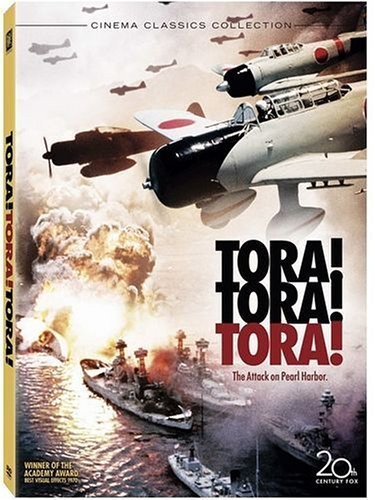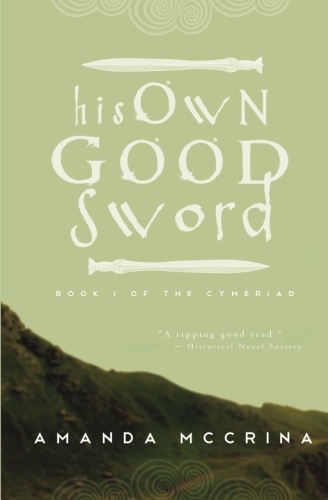Being a history buff and and a cinephile, from a family of history buffs and cinephiles, I commemorate historical events by watching corresponding historical films on those dates. My family has watched The Longest Day on June 6th for about as long as I can remember. (I admit to watching Titanic on April 15th, too.)  Tomorrow being Pearl Harbor Day, therefore, I’m taking the opportunity to plug one of my all-time-favorite war films, 1970′s Tora! Tora! Tora!.
Tomorrow being Pearl Harbor Day, therefore, I’m taking the opportunity to plug one of my all-time-favorite war films, 1970′s Tora! Tora! Tora!.
I’ve always liked the movie, though when I was younger it was mostly a matter of tolerating the dry, boring stuff in the first half in anticipation of the really good stuff to come in the second half—i.e., the dogfight scene. (It is, admittedly, a remarkable dogfight scene; if I’m not mistaken, Bay and Bruckheimer appropriated footage from it for use in Pearl Harbor over thirty years later.) But it took me a long time to appreciate that the dry, boring stuff isn’t dry or boring at all. Rather, the first half of the film—all the endless political machinations, the missteps and misunderstandings, the stuffy bureaucratic blunders—is brilliantly paced, ratcheting up the tension ever so slowly, laying down, brick by brick, the inevitable collision course between two empires that never really understood one another. Jerry Goldsmith’s score is the perfect accompaniment (don’t skip the intermission; the music sets the mood wonderfully.)
It’s Hollywoodized, of course—for one thing, Yamamoto never made the famous “sleeping giant” speech that occurs during the striking final scene of the film—but it’s an important historical account nevertheless, since it presents both sides’ retrospective interpretation of the events. Japanese directors and actors tell the Japanese side of the story (in Japanese, which is wonderful; for some inexplicable reason, the same filmmakers decided that the Japanese characters should speak English in the star-studded but very-much-inferior Midway, which came six years later). In many ways, for better or worse, Tora! Tora! Tora! has helped shape our modern understanding of the attack. It’s worth watching for that reason alone, but it’s highly entertaining, too, and still near-perfect technically—it really hasn’t aged that much at all, even given the advances in film technology over the past half-century. Goes to show that CGI will never replace good, old-fashioned filmmaking.

 I'm a student, amateur historian, coffee connoisseur, movie buff, hockey fan, cat lady, and all-around nerd. I'm currently pursuing a degree in history and political science at the University of West Georgia. In my spare time, I write historical fiction and fantasy. My debut YA historical fantasy novel His Own Good Sword was released on 7 May 2013.
I'm a student, amateur historian, coffee connoisseur, movie buff, hockey fan, cat lady, and all-around nerd. I'm currently pursuing a degree in history and political science at the University of West Georgia. In my spare time, I write historical fiction and fantasy. My debut YA historical fantasy novel His Own Good Sword was released on 7 May 2013.


